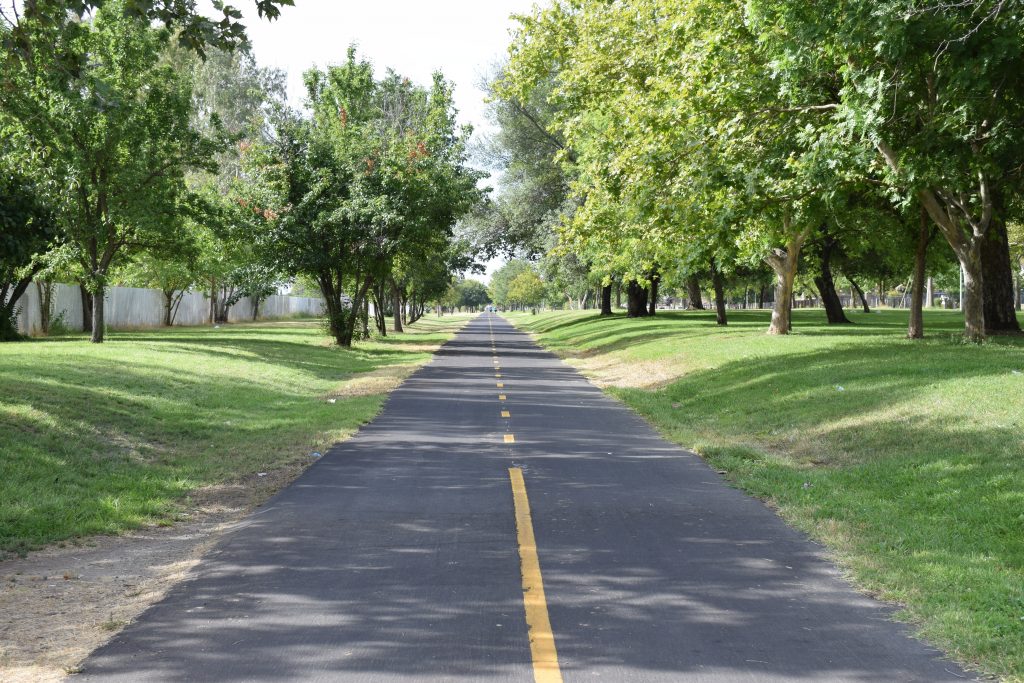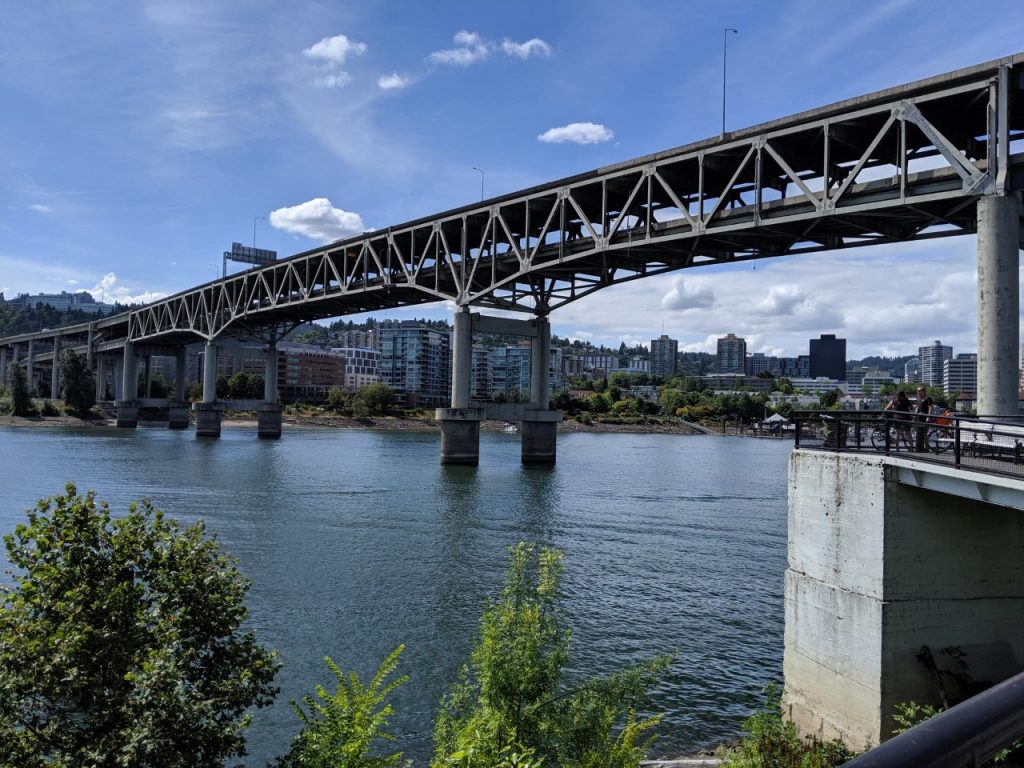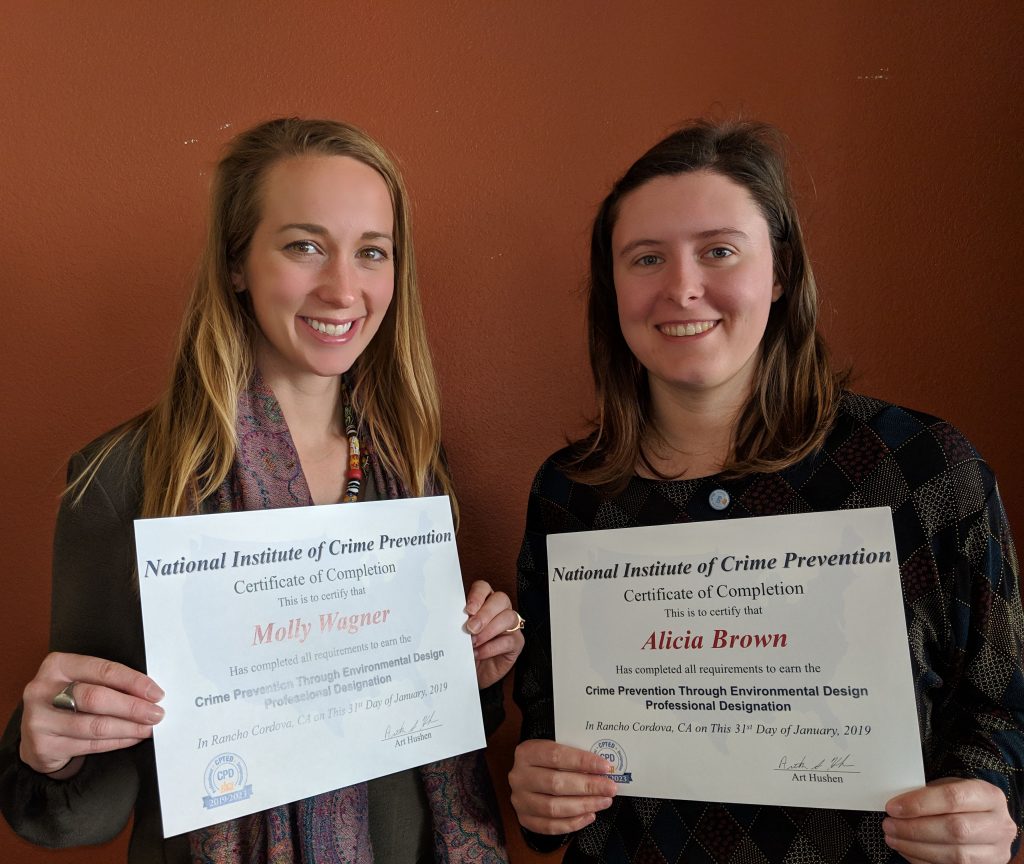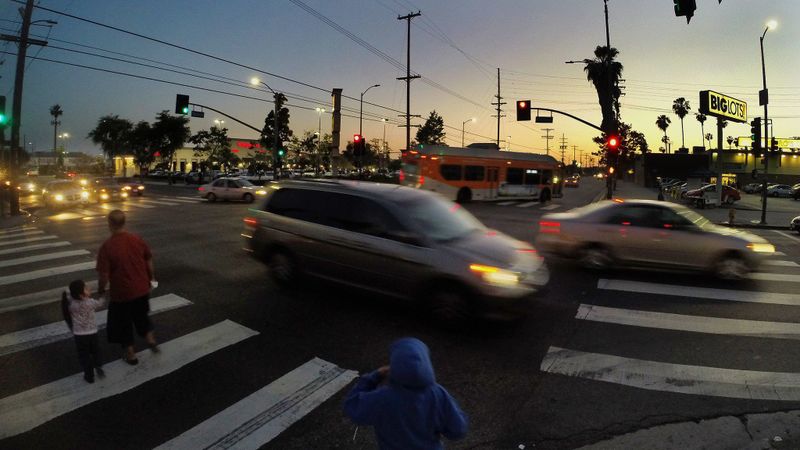Our Commitment to Confronting Racism in Policy, Systems, and Environmental Work
Our hearts mourn for the unjust murders of George Floyd, Breonna Taylor, Ahmaud Arbery, Stephon Clark, and countless other Black Americans at the hands of police. This is a pattern that must end. At WALKSacramento, our mission is to improve quality of life and health equity through community-centered policy and systems change in land use, […]
Our Commitment to Confronting Racism in Policy, Systems, and Environmental Work Read More »




